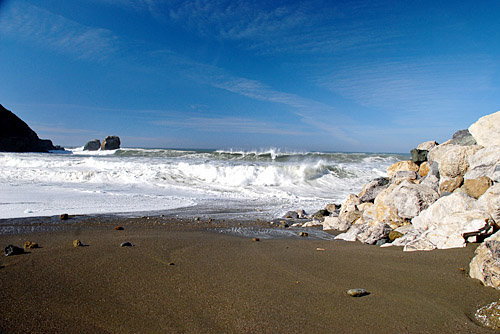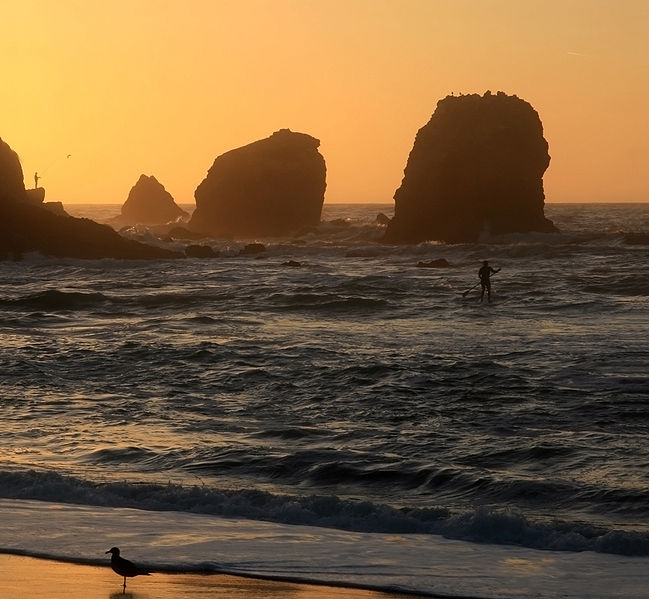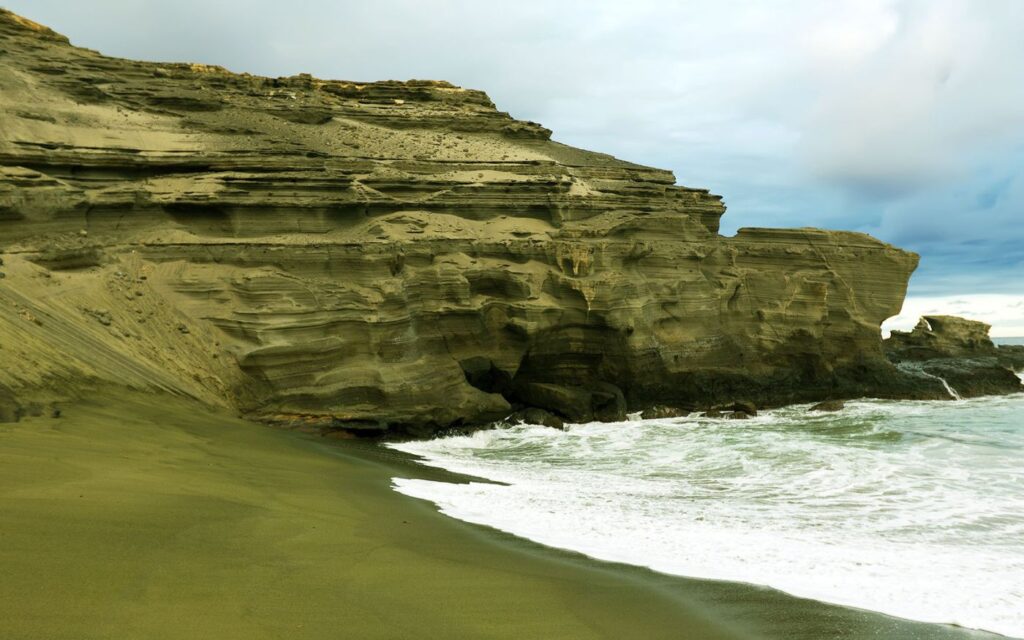Here is a fascinating example of nature frenzy: prepare to see some of the world’s most colorful sand beaches. Red, green, pink, purple and even black are some of the colors featured in this breathtaking display of nature serenity. Enjoy!
GREEN
The formation of green beaches is predominantly attributed to the presence of a mineral known as olivine. Olivine, a magnesium iron silicate, is an abundant mineral found in igneous rocks, particularly in volcanic regions. When volcanic activity occurs, olivine-rich rocks are exposed to erosion and weathering processes, gradually breaking down into smaller particles.
Apart from olivine, other minerals and factors can contribute to variations in the shades of green observed on these beaches. Trace amounts of copper and iron oxides, for instance, can also influence the coloration of the sand, leading to variations in the intensity or tone of green.
Green sand is very rare and green sand beaches are the rarest in the world.
1. Papakōlea Beach, Hawaii
Papakōlea Beach is also known as the Green Sand Beach or Mahana Beach and it is located near South Point, in the Kaū district of Hawaii. The beach showcases sand composed of olivine crystals, creating a striking green shoreline.
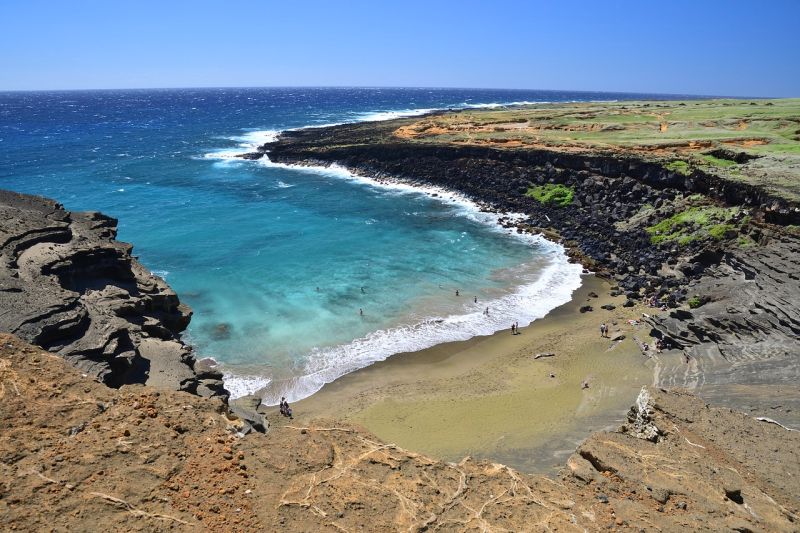

There are just a few beaches in the world where the color of the sand has some green hues, however this is ‘the greenest’, in the sense that olivine rocks really contribute to an intense color.
‘Surrounded by dramatic cliffs and backed by rolling hills, the beach’s secluded location provides an air of tranquility and a feeling of stepping into a hidden paradise.
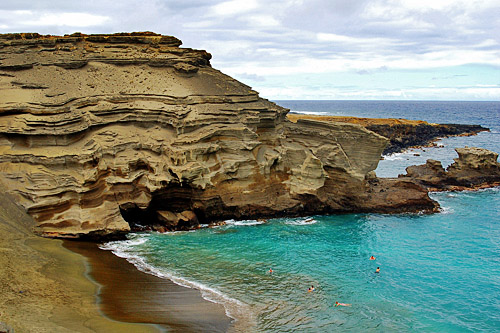
Reaching Papakōlea Beach requires a sense of adventure as it is situated in a remote location near the town of South Point. Visitors can choose to embark on a roughly three-mile hike or opt for a bumpy ride in a four-wheel-drive vehicle across the rugged terrain. The journey itself adds to the sense of anticipation and makes the arrival at this hidden gem all the more rewarding.
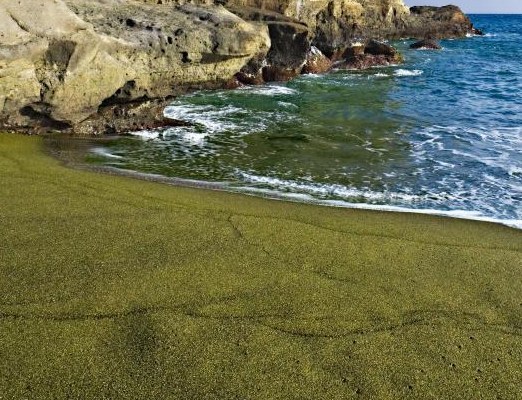

RED
One striking example of nature’s artistic palette is found in the red sand beaches scattered across the globe. From Kaihalulu Beach in Hawaii, USA, with its vibrant crimson sands, to Ramla Bay in Gozo, Malta, boasting a warm reddish hue, these beaches create a dramatic contrast against the blue waters.
How are red beaches formed? Coastal areas with volcanic activity can contribute to the formation of red beaches. Volcanic rocks, such as basalt, often contain iron-rich minerals that can erode and contribute to the red sand. The volcanic processes, including the cooling and solidification of lava flows, can lead to the formation of iron oxide-rich minerals that eventually become part of the beach sands.
Additionally, the local environmental conditions play a role in shaping the characteristics of red beaches. Factors like the presence of certain algae, marine organisms, or organic matter can interact with the iron minerals, further enhancing the red coloration.
Red Sand Beach (also known as Kaihalulu) is located in Maui, Hawaii and is a pocked beach, partially isolated from the ocean. Because this area is rich in iron, the sand has a red-black color which makes a great contrast with the water.

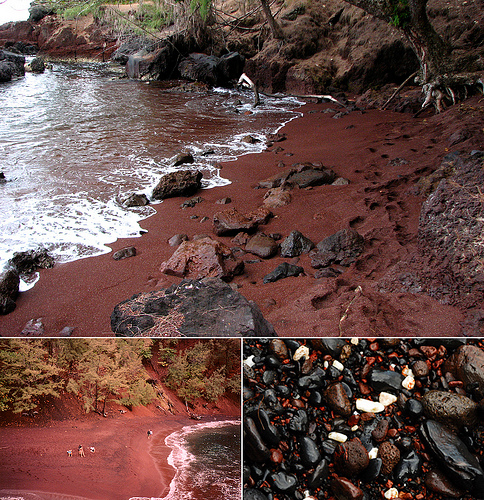

PINK
In the whimsical world of pink beaches, nature created experiences straight out of a cotton candy dream. Get ready to be enchanted by the soft blush sands, as these playful shores paint a picture of beachside bliss like no other.
How are pink beaches formed? One of the primary contributors to the pink coloration of beaches is microscopic marine organisms called Foraminifera. These single-celled creatures have red or pink shells made of calcium carbonate. When these organisms die, their tiny shell fragments accumulate on the ocean floor and eventually wash ashore, blending with the beach sand. The accumulation of these pink shell fragments gives the beach its distinctive color.
Another factor in the formation of pink beaches is the presence of coral reefs. Coral polyps, the tiny animals that build coral reefs, extract calcium carbonate from the ocean to construct their skeletons.
Over time, waves and natural processes break down the coral skeletons into smaller particles, which mix with the beach sand. If the coral species has a pink or reddish hue, it can contribute to the pink coloration of the beach.
Harbour Island is located in the district of Bahamas and is famous for its pink beaches (due to the red corals in the waters), spread all through the eastern coast. Known as Briland to the local population, the pink beaches are a very popular tourist attractions for the Americans and not so known in Europe.
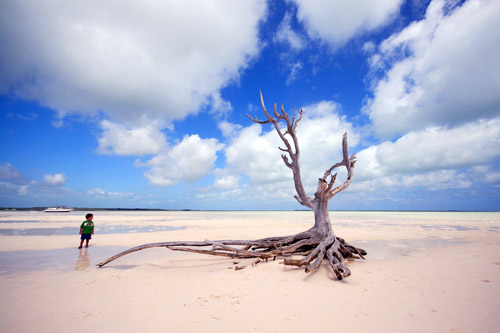
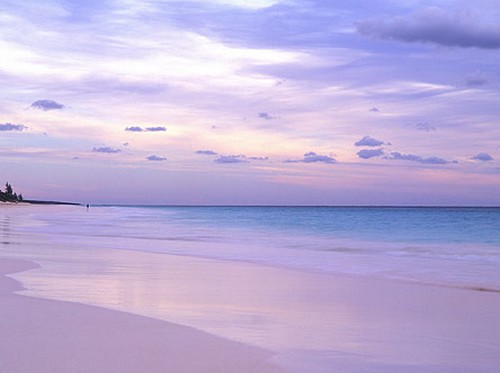
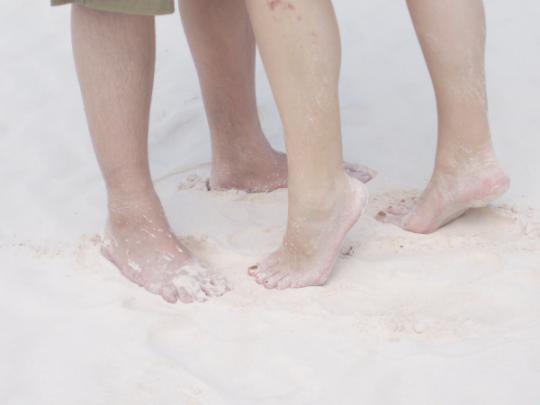
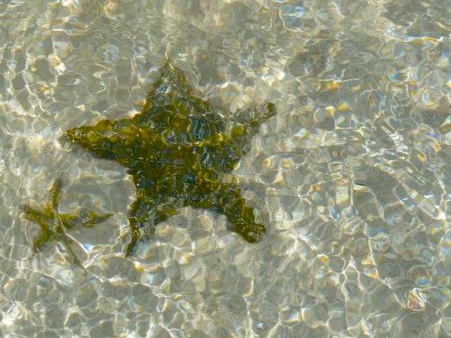
BLACK
Punalu’u Beach is located in Hawaii and is also known as the Black Sand Beach. The unusual black sand was created by lava flowing into the ocean. The basalt reaches the surface and forms this beautiful black beach. In case you are interested in visiting the area by car, we found a practical website – Hawaiidrive-o.com – They offer discounted rates on car rentals in Hawaii.
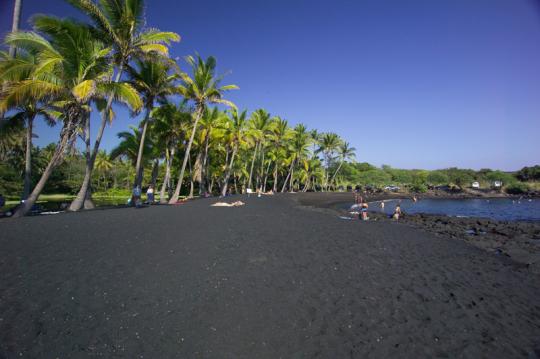
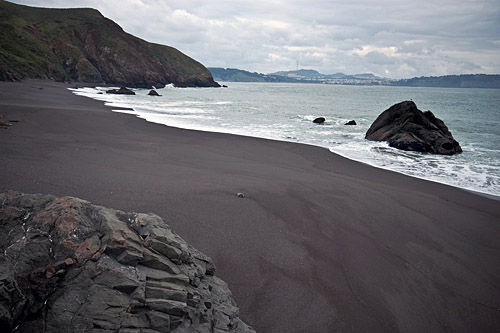
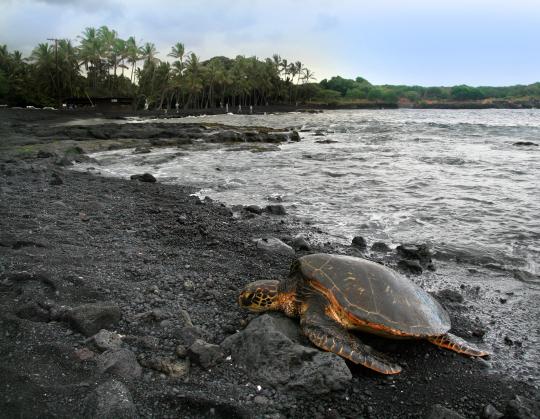
WHITE
Hyams Beach is a village located in New South Wales, Australia and surrounded by three brilliantly white sand beaches. Hyams Beach is present in the Guinness Book of Records as having the beaches with the whitest sand in the world.
A lot of locals who live in Canberra and other neighboring cities recommend taking a day trip to the this beach. It is about a 3 hour drive from Canberra, a ride that goes through Morton National Park.
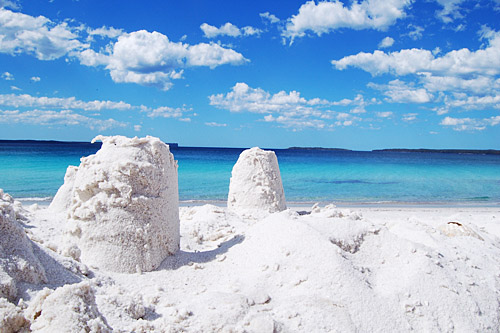


ORANGE
Ramla Bay is an orange sand beach located in the island of Gozo, Malta. It is a very interesting area, with a soft reddish sand and many ancient Roman objects.
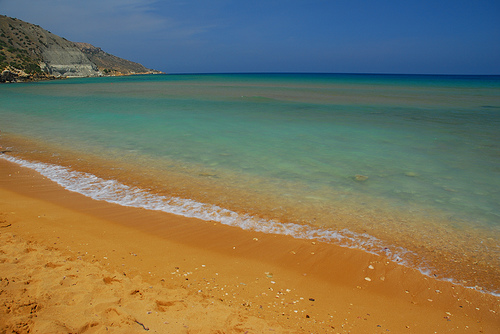
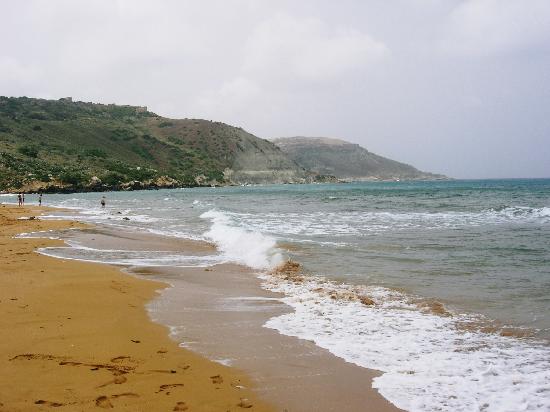
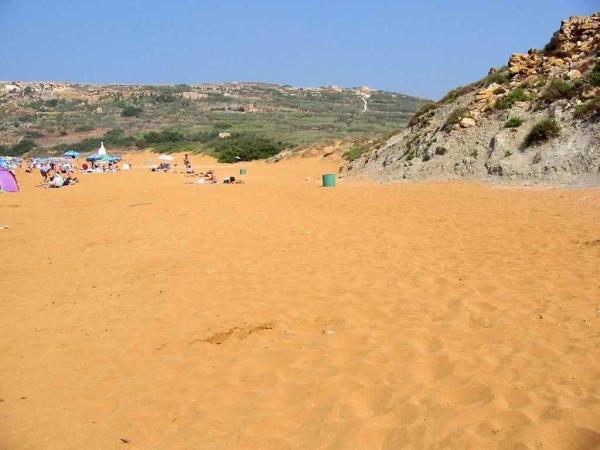
PURPLE
Pfeiffer Beach is located in California, USA and is said to be hard to find, but worth the while.Its sands have a violet color, which makes the beach a very attractive tourist destination.

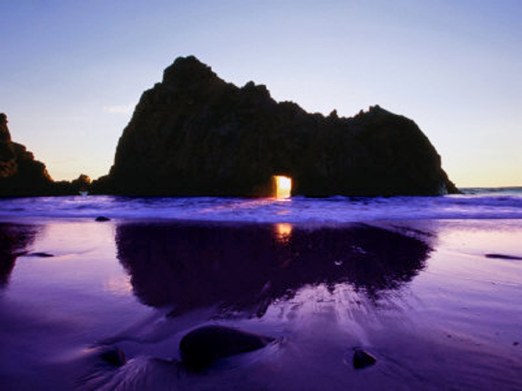
BROWN
Rockaway Beach is locate a few miles away from San Francisco, in southern Pacifica, California. Its sands have a beatiful brown color which some people resemble with that of chocolate.
